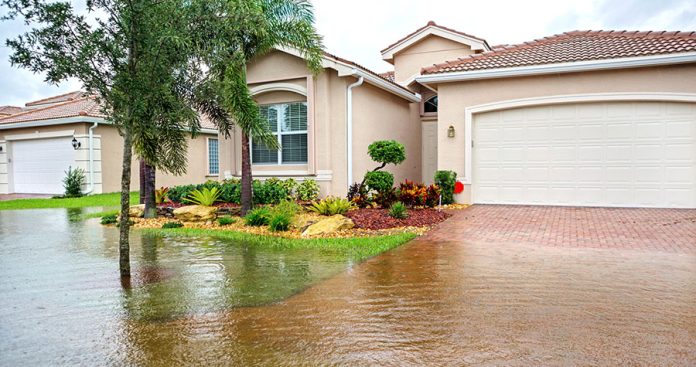Flood damage can leave homeowners feeling overwhelmed and unsure of where to start. Knowing how to fix flood damage in a house is vital for restoring your property and ensuring it remains a safe haven. This essential guide outlines the steps you need to take to effectively manage and repair flood damage.
Initial Assessment of the Damage
The first step in understanding how to fix flood damage in a house is to assess the extent of the damage. Carefully inspect your home for:
- Water stains or discoloration on walls and ceilings
- Warped, soaked, or damaged flooring
- Signs of structural issues, such as sagging ceilings or walls
- Compromised electrical systems and appliances
Taking photographs of the damage will help with insurance claims and provide a reference for repairs.
Safety Measures First
Before beginning any repairs, prioritize safety. Make sure to:
- Turn off the electricity to your home to prevent electrical hazards.
- Wear protective gear, such as gloves, masks, and waterproof boots, to shield yourself from contaminants and potential mold.
Extracting Standing Water
After ensuring safety, focus on removing any standing water. Depending on the severity of the flooding, you may need:
- Submersible pumps for significant water accumulation
- Wet/dry vacuums for smaller pools of water
Prompt removal of water is crucial to effectively understand how to fix flood damage in a house and minimize further harm.
Thorough Drying Process
Once the water is removed, drying out the affected areas is essential. Use:
- High-velocity fans to circulate air
- Dehumidifiers to lower humidity levels
Opening windows and doors can enhance airflow. Ensuring everything is thoroughly dried is vital to preventing mold growth and additional deterioration.
Cleaning and Disinfecting the Area
After the affected areas are dry, cleaning and sanitizing them is critical. Use a mixture of water and detergent to scrub surfaces, followed by a disinfectant to kill bacteria and mold spores. Be especially mindful of porous materials like carpets and drywall, which may need replacement if they cannot be adequately cleaned.
Repairing Damaged Structures
With the cleaning complete, you can start making necessary repairs. This may involve:
- Replacing damaged flooring or drywall
- Repairing electrical systems and outlets
- Repainting walls and ceilings
Make sure all repairs comply with local building codes and standards as part of your approach to how to fix flood damage in a house.
Implementing Preventive Measures
To reduce the risk of future flooding, consider implementing preventive measures such as:
- Installing sump pumps to manage water levels
- Enhancing drainage systems around your property
- Regularly inspecting and sealing cracks in your foundation
Taking these proactive steps can significantly reduce the likelihood of future water damage.
Conclusion
Addressing flood damage in your home can be a daunting task, but knowing how to fix flood damage in a house can make the process more manageable. By following these essential steps—from assessing damage to implementing preventive measures—you can restore your home to a safe and comfortable state. If the damage is extensive, do not hesitate to seek professional assistance to ensure thorough restoration and peace of mind.







